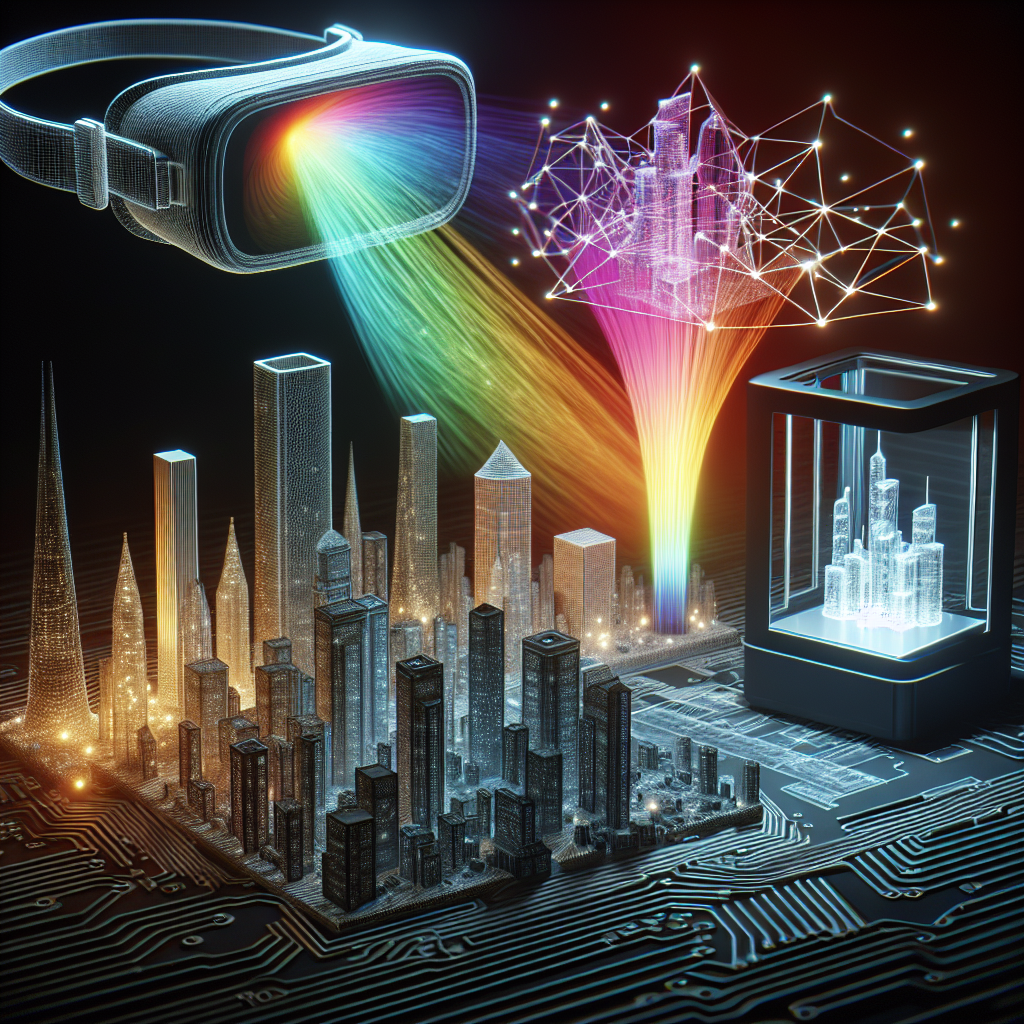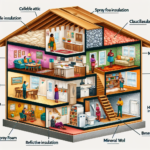In recent years, advancements in technology have brought about a surge in interest and innovation in 3D modeling. From virtual reality to 3D printing, the versatility of this tool has revolutionized various industries and opened up a world of possibilities for designers, engineers, architects, and artists.
One of the most exciting applications of 3D modeling is in virtual reality (VR). VR technology allows users to immerse themselves in a digitally-created environment, which can range from a realistic replica of a physical space to a fantastical world limited only by the imagination of the designer. 3D modeling plays a crucial role in creating these virtual worlds, as it allows designers to accurately represent objects, structures, and landscapes in a way that feels tangible and immersive to users.
In the field of architecture, 3D modeling has become an essential tool for visualizing and planning building designs. Architects can use 3D modeling software to create detailed and accurate representations of their projects, allowing clients to better understand the proposed design and make informed decisions about modifications or improvements. Additionally, 3D modeling can help architects identify potential issues or conflicts in the design before construction begins, saving time and money in the long run.
Another exciting application of 3D modeling is in the world of 3D printing. 3D printing technology allows designers to bring their digital creations to life by printing them layer by layer using materials such as plastic, metal, or even food. 3D modeling is the first step in the 3D printing process, as designers must create a digital file that accurately represents the object they want to print. From fashion accessories to custom car parts, 3D printing has endless possibilities for customization and creativity.
The medical field has also benefited greatly from the versatility of 3D modeling. Surgeons can use 3D models of a patient’s anatomy to plan and practice complex surgeries, reducing the risk of complications and improving patient outcomes. 3D printing has also been used to create custom prosthetics and implants that are tailored to the individual patient’s needs, improving comfort and functionality.
In the entertainment industry, 3D modeling is used to create lifelike characters and environments for movies, video games, and virtual reality experiences. Designers and animators can use 3D modeling software to bring their characters to life, giving them realistic movements, expressions, and textures that enhance the overall storytelling experience. With the increasing popularity of virtual reality gaming and immersive experiences, the demand for skilled 3D modelers in the entertainment industry is greater than ever.
The versatility of 3D modeling also extends to the field of product design and manufacturing. Designers can use 3D modeling software to create prototypes of new products, allowing them to test and refine the design before production begins. This iterative process can help designers identify flaws or improvements in the product early on, saving time and resources in the long run. 3D modeling can also be used to create custom packaging, marketing materials, and promotional items that help companies stand out in a crowded marketplace.
Overall, the versatility of 3D modeling has revolutionized countless industries and opened up new opportunities for innovation and creativity. From virtual reality to 3D printing, designers, engineers, and artists are constantly finding new and exciting ways to harness the power of 3D modeling to bring their ideas to life. As technology continues to advance, the possibilities for 3D modeling are truly endless, and the future looks bright for this versatile and dynamic tool.




